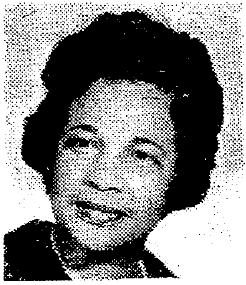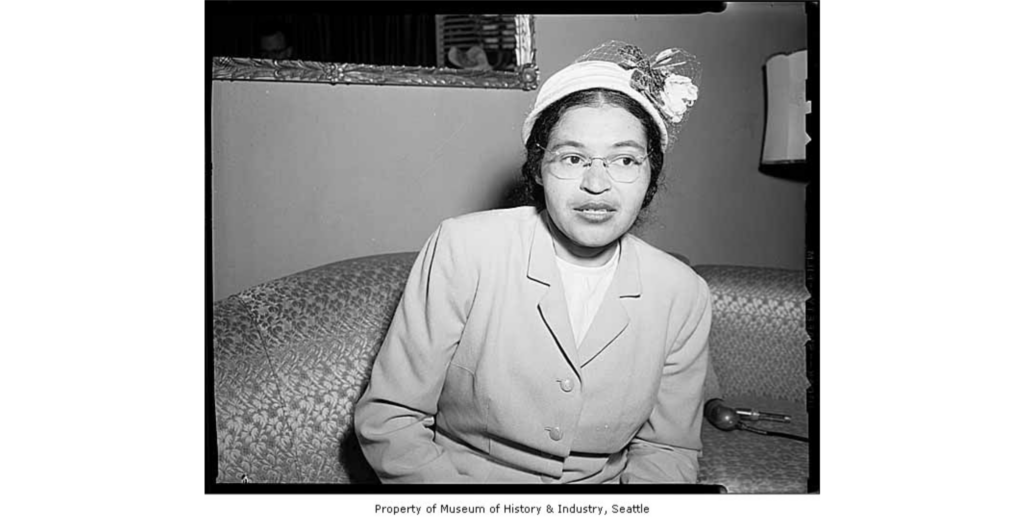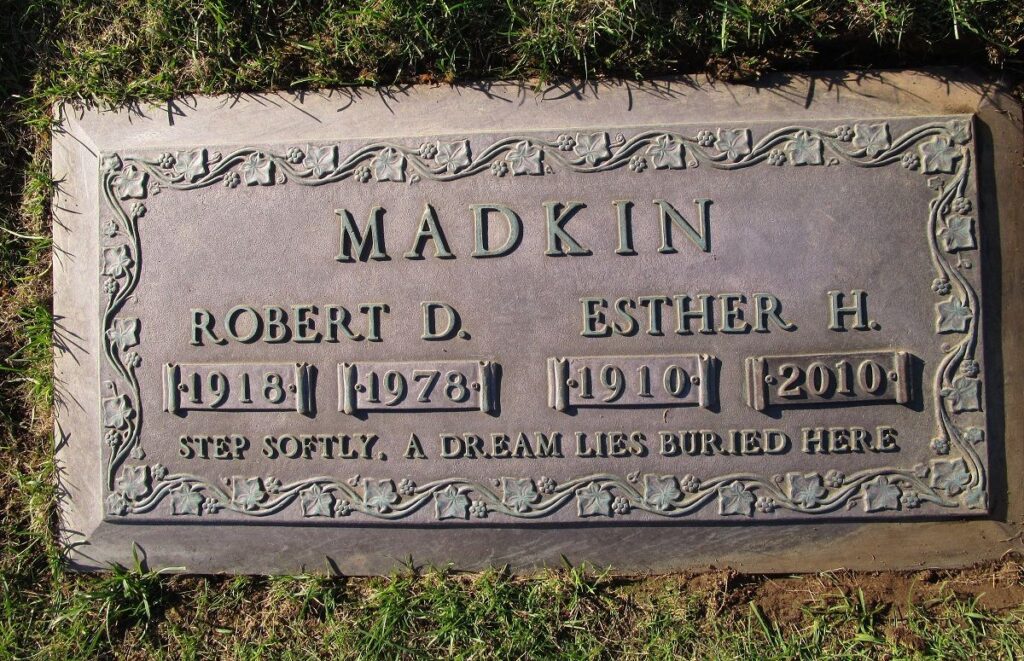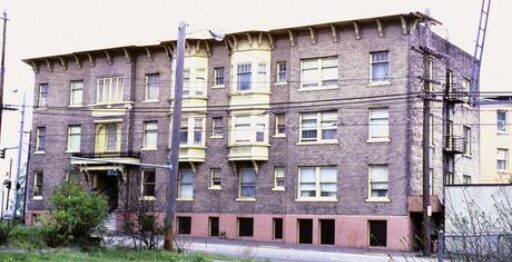The Madkin’s Connection to Seattle’s Black, Labor, and Civil Rights History

The Madkin isn’t just an interesting example of early 20th Century architecture. The building has been owned by 3 generations of African-American business owners, all of whom made positive impacts on the individual level, the Central District community, and beyond. This document is a work-in-progress as research is ongoing. Thank you to Historic Seattle, The Black Heritage Society of Washington, Seattle Public Library, and the Seattle Municipal Archive for aiding in this research.

William H. Hawkins (owner, 1947-1954)
William H. Hawkins was a World War I veteran who owned multiple businesses and apartment buildings in Seattle, California, and D.C. (Seattle Daily Times, August 21st 1958, p.19), including The Union Airlines, which employed Tuskegee airmen vets as pilots (Northwest Enterprise, November 8th, 1944, p.3). He named the building, the William Henry Apartments, and also had a real estate office next to the Dunbar Hotel in the Central District. In the 1950’s he ran in at least 2 primaries for the Washington State Legislature (Seattle Daily Times, July 17th 1954, p.8 and July 23rd 1958 p.9)
Hawkins was also part of one the more mysterious aspects of The Madkin: the private club/speakeasy that was rumored to exist in the basement at one time. Hawkins filed for a permit for a Private Club in 1950, but there is no mention of the name of the establishment. Another rumor in Misa Perron-Burdick’s architectural report states that the club was shut down due to violation of the fire code, but this is not substantiated by Seattle Municipal Archive records. Currently, what the nature of this club was and what part it may have played in the culture of the Central District remains a mystery.
Robert D. Madkin and Esther H. Madkin (owners, 1955-sometime in the late 70’s, likely ’76 or ’78)
The Madkin’s current name was derived from former owners Robert D. Madkin and his wife Esther H. Madkin. They were an African-American couple who were involved with local non-profits, anti-discrimination cases, labor disputes, and the local chapter of the NAACP.
Robert D. Madkin
Robert Madkin was involved in several anti-discrimination efforts. In 1956 Robert’s sued The Circle Tavern, charging that the tavern denied him entry due to his race. The case was tried by a jury in Superior Court on January 31st (The Seattle Daily Times, January 31st, 1956, p. 20). Unfortunately, two days later it was reported that Robert lost his lawsuit, the employees of the tavern testifying that “…Madkin merely was told that white women customers did not dance with Negroes.” (The Seattle Daily Times, February 2nd, 1956, p.4).
Robert was a business owner and ran Bob’s Baggage Service, which was contracted for baggage-handling services at SeaTac Airport.
In 1964, Robert was part of an anti-discrimination effort at the Seattle-Tacoma Airport, refusing baggage carrying service for the Fairwest Taxi and Gray Top Cabs companies, as they did not hire African-Americans and were not in compliance with Port rules against discrimination (The Seattle Daily Times August 11th, 1964 p.31).
Robert filed a civil rights complaint with the FAA in 1972, when 9 of the 11 airlines at Sea-Tac Airport formed a “Sky Cap Committee” and gave a written notice of their plan to drop Bob’s Baggage Service and replace them with the American Building Maintenance Co., a white-owned conglomerate that provided janitorial services to the airport (Seattle Post-Intelligencer March 29th, 1972 p.12) (The Seattle Times March 29th, 1972 p.25)

Esther H. Madkin
Esther was involved in a variety of local non-profits, volunteer efforts, and had various roles in the local NAACP chapter.
She was a board member of Neighborhood House, a non-profit that has provided services to address the needs of families, low-income community members, public housing residents, immigrants and refugees since 1906 (Seattle Daily Times, June 14th, 1952, p.3).
She was a member of the Vogue Club in the ‘50’s and ‘60’s, which raised money for charitable and philanthropic efforts (Seattle Post-Intelligencer, April 1st, 1956 p. 53), (The Seattle Daily Times October 24th, 1965 p.100).
She served on the 1956 Seafair Mardi Gras Festival planning committee, which included such events as a contest for Mardi Gras Festival Queen and a Band Battle (Seattle Post-Intelligencer, May 1st, 1956 p. 2), (The Seattle Daily Times, July 20th, 1956 p.27).

Of particular note is the work Esther did for the NAACP.
Esther was the Seattle NAACP Treasurer, and on March 28th 1956, she held a press conference for Rosa Parks in her apartment in advance of Parks’ address of a public meeting of the NAACP at the Eagles Auditorium to help raise money for the Montgomery Improvement Association (MIA), an organization that was established to oversee the bus boycott and improve race relations.
The last paragraph of the Post-Intelligencer article has a great quote from Rosa Parks: “Asked if she thought desegration [sic] efforts should move slowly, she smiled and said, “I think it’s moved too slowly already.” ” (Seattle Post-Intelligencer March 28th, 1956, p. 8)
In July of 1956 Esther was on a committee investigating the death of an African-American man named Jack Frank Ross in a Seattle jail. The committee suggested setting up an impartial board as an appeal agency on all police practices, noted the brutality and maltreatment by the Seattle police that local African-American citizens suffered, and called out the inadequate medical care provided to Ross and the lack of inquest into Ross’ death (eg. no interviews with inmates were conducted). Ross was said to have been subdued with tear gas during an “insane rage”, and he supposedly killed himself by beating his head against a cell wall. (Seattle Post-Intelligencer July 30th 1856, p. 19) and (The Seattle Daily Times July 30th, 1956 p.2).
Esther was also involved in other fundraising efforts and event planning for the NAACP . (Seattle Post-Intelligencer November 25th, 1965 p.26), (Seattle Post-Intelligencer December 30th, 1966 p.2), & (Seattle Post-Intelligencer December 13th, 1967 p.24)
Both Robert and Esther received a one-year citation from the Catholic Church for being foster parents. (The Seattle Daily Times March 7th, 1962 p.31).
In 1967, Esther was a trustee that helped establish the Central Area Mental Health Center which provided free psychiatric services for the disadvantaged in the Central District (The Seattle Daily Times March 12th, 1967 p.81)
Esther was also honored for volunteer service at the SeaTac Airport Travelers Aid Society desk in 1969 (Seattle Post-Intelligencer April 27th 1969 p.47)
Robert died in 1978, and Esther lived to be 99 and died in 2010. They are buried at Bonney Watson Washington Memorial Park in SeaTac. However one interprets the meaning of the quote on the gravestone, it’s absolutely heartbreaking:

Fally Tyson (owner 1978 – 2020)
Fally Tyson was the building’s most recent owner until his death in 2020 due to Covid. He ran two businesses: Reliable Man Cleaning and Reliable Man Salvage, both of which employed several of the building’s residents. He also kept rents low, as he wanted to ensure the apartments remained affordable.
